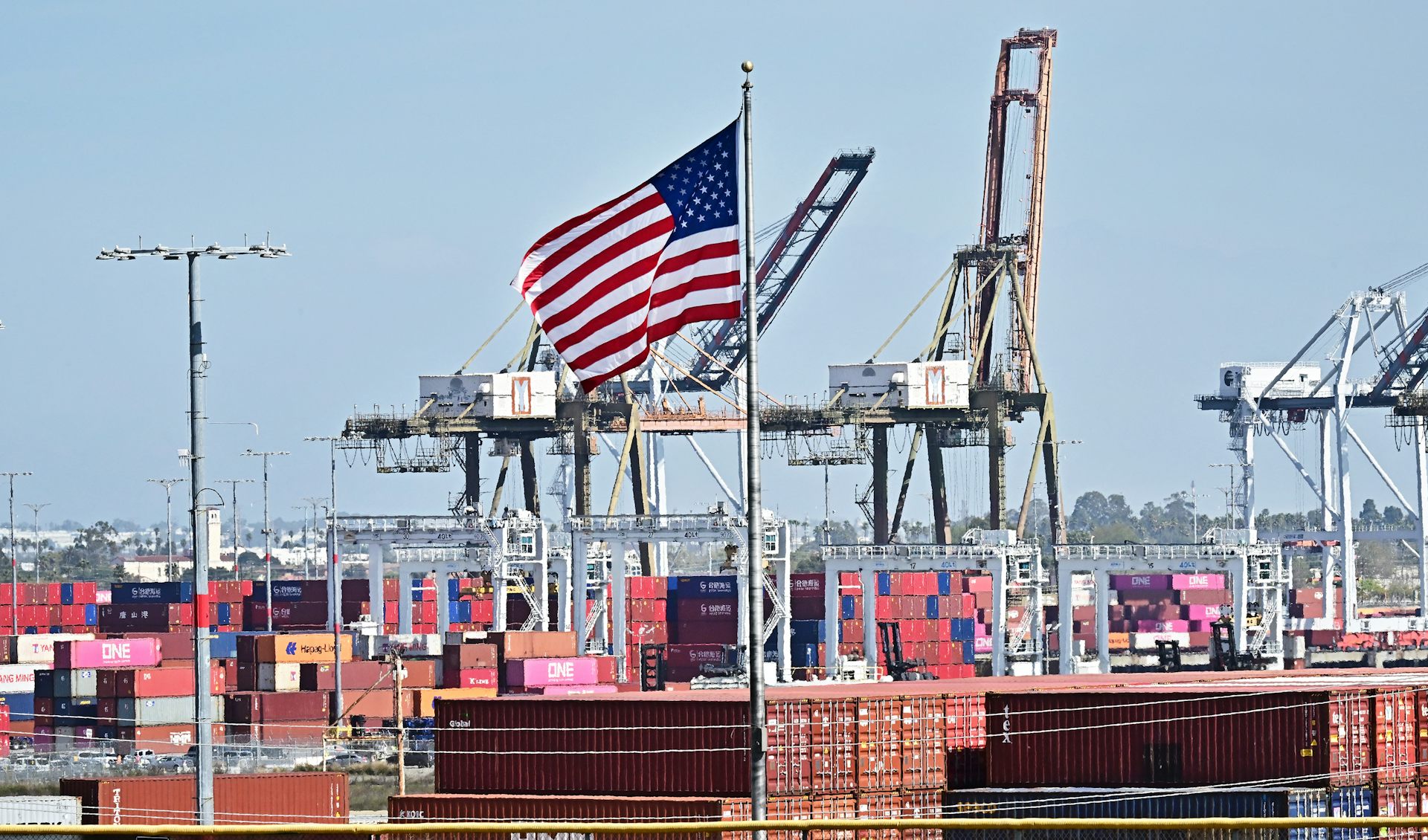Affirmative action around the world
'Positive discrimination' policies around the world are on the rise. What might other countries teach the U.S. about attaining racial, economic and gender equality in higher education?

As reports have surfaced of the Trump administration’s intent to investigate affirmative action admissions in higher education, the debate over whether and how race should be considered in college admissions has emerged with renewed vigor.
In the past four years, United States Supreme Court cases like Schuette v. Coalition to Defend Affirmative Action and Fisher v. University of Texas-Austin have addressed this debate head on.
In what The New York Times called “a blinkered view on race in America,” justices in the 2014 Schuette case ruled 6-2 (with Justice Elena Kagan recusing herself) that voters could eliminate affirmative action policies in state public education. Two years later, however, in the Fisher case, they ruled that the University of Texas-Austin’s affirmative action policy was constitutional, affirming that the goal of a diverse student body within selective colleges and universities is a “compelling interest” in the U.S.
Now it has emerged that President Trump’s Justice Department will be investigating a yet-to-be-decided complaint challenging Harvard University’s affirmative action admissions policies, brought by a coalition of Asian-American groups.
So, is affirmative action in higher education on its way out? If you look beyond the U.S. and take a global perspective, the answer is no.
A global perspective
Our research has shown that about one-quarter of the world’s countries have some form of affirmative action for student admissions into higher education. Many of these programs have emerged over the last 25 years.
These policies may go by various names – affirmative action, reservations, alternative access, positive discrimination – but all are efforts to increase the numbers of underrepresented students in higher education.
A wide variety of institutions and governments on six continents have programs to expand admission of students from minority groups on the basis of race, gender, ethnicity, class, geography or type of high school. Several use a combination of these categories.
And given that U.S. policies are older than most, much of the cutting-edge thinking on affirmative action is now coming from other parts of the world.
Affirmative action around the world
Though affirmative action policies as we know them have been in place in U.S. higher education since 1978, they are not the oldest: India’s policies for lower-caste students take that prize.
South Africa’s many, and varied, alternative access programs not only admit underrepresented students – especially black female students – but they also provide special courses and mentoring to facilitate those students’ success.
The French are even more reluctant than many Americans to consider race directly, but some selective institutions have increased students of color by targeting neighborhoods or particular schools located in priority education areas. Areas are classified as Zones d’Education Prioritaires – priority education zones – based on several criteria, including high percentages of immigrant students for whom French is a second language, students performing below grade level and low-income students. Students from these zones are eligible to compete to be part of special admissions programs, which are designed to give them greater access to selective higher education.
India is less coy about who is being targeted, coining the rather blunt term “other backward classes” as an official designation for one set of recent beneficiaries of affirmative action in higher education. India continues to recognize the importance of caste discrimination, but also includes economic criteria when defining other backward classes. They exclude, for example, individuals whose family income or property exceeds certain limits.
Brazil has been developing affirmative action programs in its most prestigious public universities over the past two decades. The issue is often framed by human rights and social justice concerns; the Brazilian government first introduced the potential need for affirmative action as a “right thing to do” after years of denial of racial inequalities in the country.
Beyond race
Whereas the earliest forms of affirmative action focused on race and ethnicity, programs that started more recently are likely to include women. The inclusion of women has been particularly pervasive in the wave of policies that emerged around the world in the 1990s and 2000s. Affirmative action for women is now the most prevalent form of affirmative action for students in higher education.
Countries that have some kind of affirmative action related to gender in higher education admissions are now spread across world regions, and include eight countries in Africa, seven in Europe and four in North America and the Caribbean.
Affirmative action based on geography (the place a student comes from) appeals to policymakers reluctant to give race, ethnicity or caste such a prominent and explicit role. Such policies are now catching on around the world: In addition to France, universities in Sri Lanka, for example, use geographic district as a targeted category because it’s less controversial than ethnicity or language.
Looking beyond US borders
In short, affirmative action is alive and well – and on the rise – around the world. Indeed, some of the most creative discussions and innovations are happening outside the United States.
This is an updated version of an article originally published on Nov. 13, 2014.
Michele S. Moses receives funding from the Fulbright Scholar Program.
Laura Dudley Jenkins receives funding from the Fulbright Scholar Program.
Read These Next
Black-market oil buyers will push Venezuela for bigger discounts following US seizure – starving Mad
Venezuela relies on the black-market oil trade for a large chunk of its revenue. US enforcement actions…
AI-generated political videos are more about memes and money than persuading and deceiving
Don’t discount the threat of AI political videos fooling people, but for now, they’re mostly about…
Tariffs 101: What they are, who pays them, and why they matter now
Tariffs are taxes on imports, but the costs don’t stay at the border.





